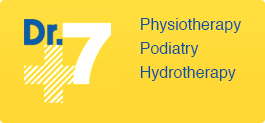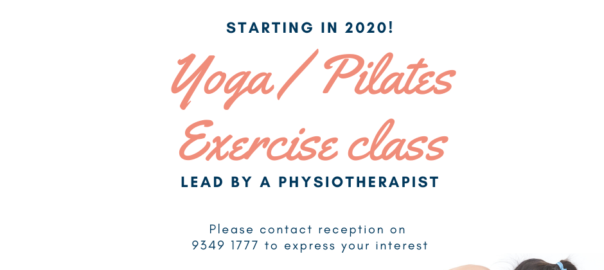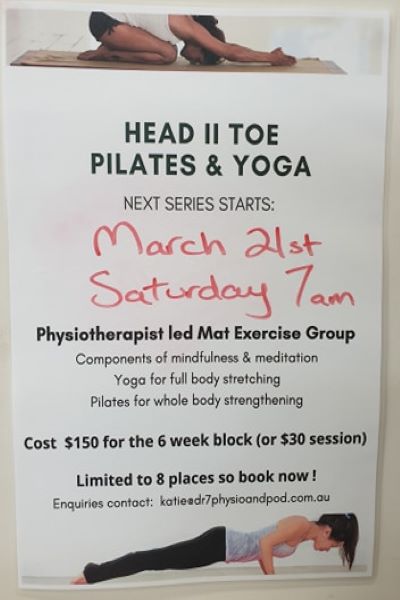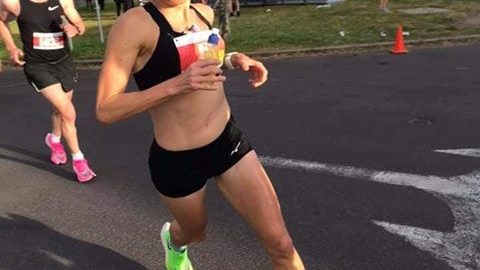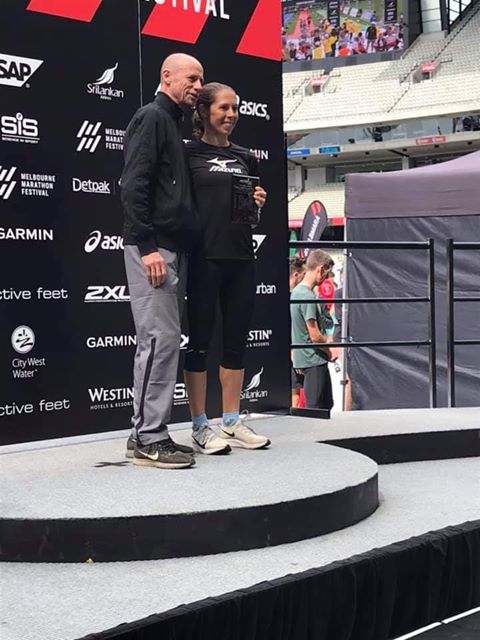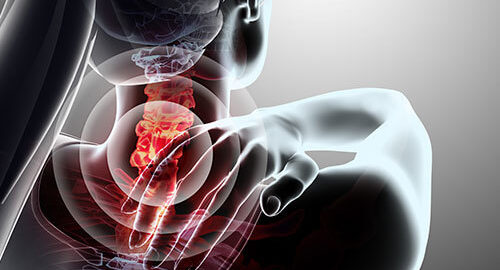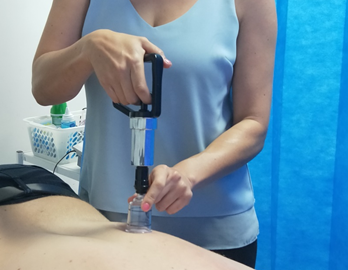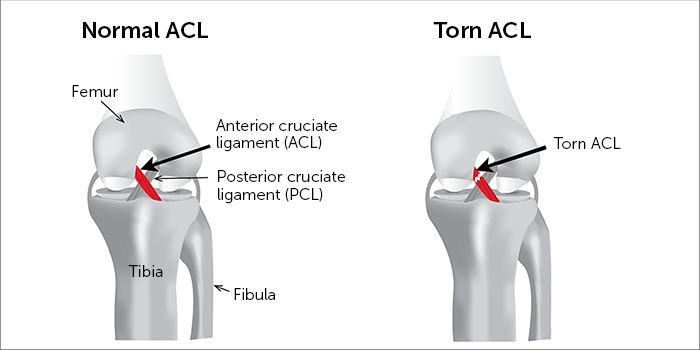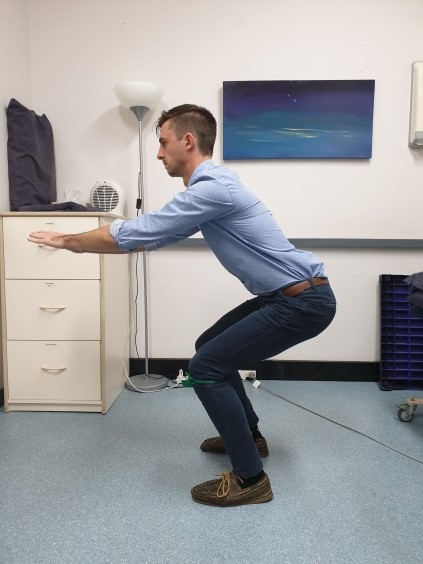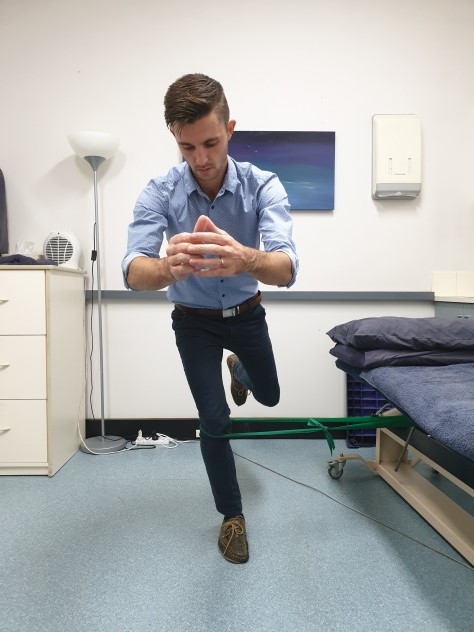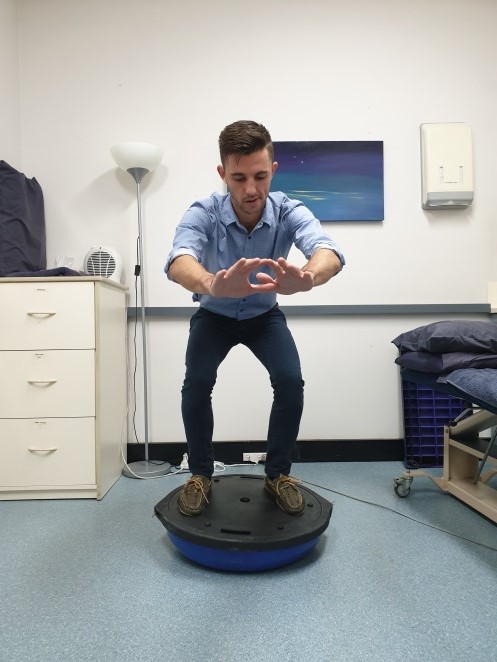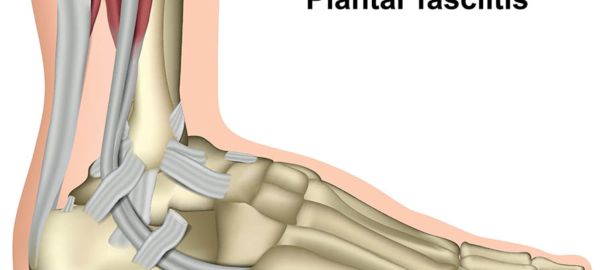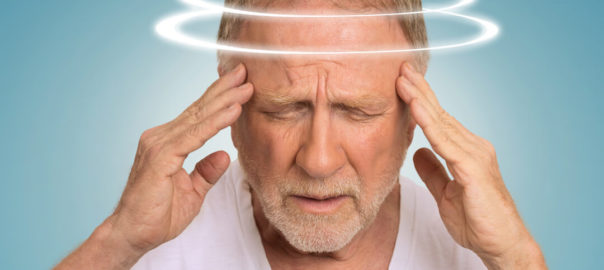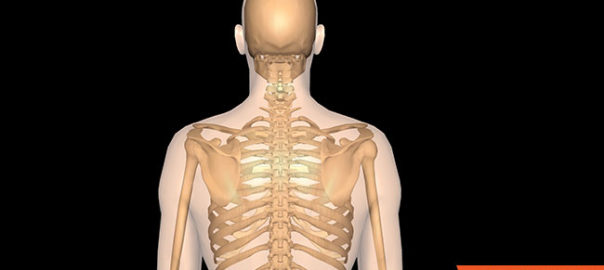What is Plantar-Fasciitis?
Plantar-fasciitis is a common cause of pain in the region under the foot. It is irritation of the band-like structure located under the foot (the ‘plantar’ side of the foot), called your plantar-fascia. The word ‘itis’ translates to inflammation, so you can see the injury literally translates to “inflammation of the plantar-fascia”. The Plantar-Fascia is what gives the ‘arch’ of your foot its shape. Pain first thing in the morning when taking your first few steps of the day is one of the most common complaints we relate to this injury.
Anatomy
The plantar-fascia runs from the front of the heel, to the base of your toes. It is a fascial structure – which means it behaves like a sheath/spring-loaded structure, rather than a tendon, muscle or ligament. The plantar-fascia can sustain injury at either of its attachments points, or even tear/striate through the mid-portion of the fascia. This brings with it significant discomfort due to the inflammatory response the body produces in an attempt to heal the damaged structure. However, due to the fact that we need to keep walking the injury is often difficult to resolve (it doesn’t get the rest it needs in many cases).
Cause
There are many causes of Plantar-Fasciitis. You may have one, or many of these. Irritation occurs as the plantar-fascia is placed on stretch repeatedly. Each time you step, there is some natural/normal flattening of this arch, but excessive, repetitive and load-some flattening of this arch can cause damage to the plantar-fascia.
Gradually increasing exercise is key to ensuring the body can cope with the level of load placed on the arch. If you have excessively ‘high arches’ or very ‘low arches’, you are at a greater risk of developing plantar-fasciitis. Supporting your arch with good footwear is integral to minimising damage to the arch. In some cases, using an insert or orthotic may be necessary as a ‘permanent’ solution to providing better support to the plantar-fascia.
Management
Treatment at Dr7 Physiotherapy and Podiatry Yokine depends on the severity of the damage/irritation to the plantar-fascia. In simpler/less severe episodes of plantar-fasciitis some stretching, release techniques and anti-inflammatory awareness may be all that is required to fix the problem. The effect of this can be seen within a few days.
In more severe episodes, immobilisation (e.g. moon boot) may be required for an initial period of time which can be provided by Dr7 Physiotherapy and Podiatry Tuart Hill. This provides the arch a bit of “rest” which it would not otherwise get by continuing to walk on the damaged structures. After a period of immobilisation, the treatment then becomes similar to that outlined above. Footwear assessment and potential orthotics will also offer significant help to this problem supplied by Dr7 Physiotherapy and Podiatry Joondanna.
Assessment by your Dr7 Physiotherapist or Podiatrist Osborne Park is an important part of determining how severe your pain may be and therefore determining the best course of action going forward. Here at Dr7 Physiotherapy & Podiatry Dianella, we are perfectly positioned to help with this problem, as we have access to both health professionals which frequently work together for best management of this condition.
In more severe cases imaging (ultrasound) may be required to determine the best way forward. Both our Physio’s and Podiatrist’s are able to advise you if an ultrasound is required. Better yet, they are actually able to refer you for one as well, meaning no need for a GP visit!
If you think you are experiencing Plantar-Fasciitis book an appointment at Dr7 Physiotherapy and Podiatry Yokine.
Dr7 Physiotherapy and Podiatry provides services to the suburbs of Yokine, Tuart Hill, Osborne Park, Stirling, Nollamara, Dianella, North Perth and surrounding suburbs. Our friendly Physiotherapists and Podiatrists have appointments available Monday-Saturday.
Bookings are available on our website or over the phone.
